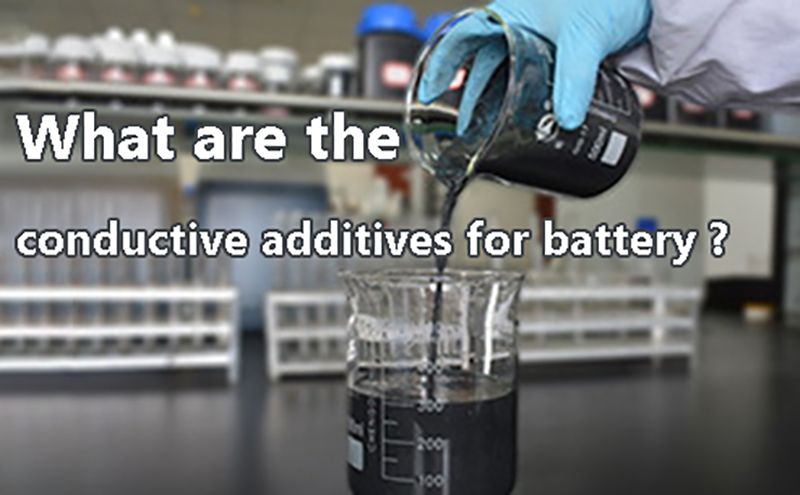
Main content:
- The role of conductive additive
- The influence of conductive additive content on electrical properties
- Common conductive additive for lithium ion battery
- carbon black
- conductive graphite
- carbon fiber (VGCF)
- carbon nanotube (CNT)
- graphene
- binary, ternary conductive paste
- Application and prospect of conductive additives
As an important part of lithium ion battery, conductive additive, although the component is small, but to a large extent affects the performance of lithium ion battery, to improve the battery cycle performance, capacity play, rate performance has a very important role.
1.The role of conductive additive
Primary role is to improve the electrical conductivity of the conductive additive, in order to ensure that the electrode has a good charge and discharge performance, when the plate making usually add a certain amount of conductive additive, in between active substances, and active materials have the effect of collecting micro electric current, as to reduce the contact resistance of electrode, the accelerated electrons move rate.
In addition, the conductive additive can also improve the processing of the electrode sheet, promote the infiltration of the electrolyte to the electrode sheet, but also can effectively improve the migration rate of lithium ion in the electrode material, reduce the polarization, so as to improve the charge and discharge efficiency of the electrode and the service life of the lithium battery.
2.The influence of conductive additive content on electrical properties
The role of conductive additive in the electrode is to provide electronic movement channel, conductive additive content is appropriate to obtain higher discharge capacity and better cycling performance, too low content will be less conductive channel, is not conducive to high amps current charge and discharge;If the content of conductive additive is too high, the relative content of active substances is reduced, and the battery capacity is reduced.
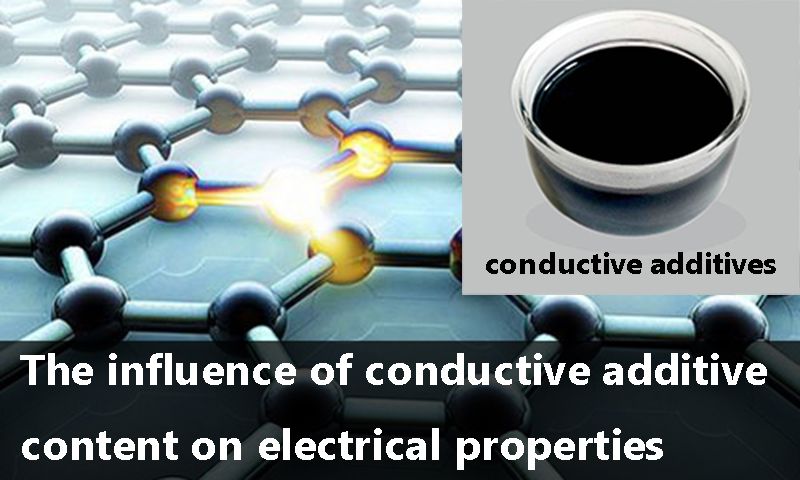
The existence of the conductive additive can affect the distribution of electrolyte in the battery system, due to the space of the lithium ion battery limit, injection amount of electrolyte is limited, generally is in a state of barren solution, and as the battery electrolyte system internal connections is the cathode plasma, the distribution of lithium ion battery has a vital influence the diffusion in liquid phase, When the content of conductive additive is too high at one end of the electrode, the electrolyte is enriched in this pole and the lithium ion transmission process at the other pole is slow, the polarization is high, and it is easy to fail after repeated cycling, thus affecting the overall performance of the battery.
3.Common conductive additive for lithium ion battery
Commonly used conductive additives for lithium-ion batteries can be divided into traditional conductive additives (such as carbon black, conductive graphite, carbon fiber, etc.) and new conductive additives (such as carbon nanotubes, graphene and its mixed conductive slurry, etc.).There are SPUERLi, S-O, KS-6, KS-15, SFG-6, SFG-15, 350G, acetylene black (AB), Kezin black (KB), vapor grown carbon fiber (VGCF), carbon nanotube (CNT) and so on.
① carbon black
Carbon black is in the shape of a chain or grape under the sem, and a single carbon black particle has a very large specific surface area (700m2 / g).The high surface area and close packing of carbon black particles are conducive to the close contact between the particles, forming the conductive network in the electrode, which is conducive to the adsorption of electrolyte and improve the ionic conductivity.

Larger than the surface of the process is difficult to disperse, with strong oil absorption, which should be improved by improving the live material, conductive additive mixing process to improve its dispersion, and control the amount of carbon black in a certain range (usually below 1.5%), in the battery it can play the role of liquid absorption and liquid retention.
② conductive graphite
Basic for artificial graphite, graphite conductive additive compared with artificial graphite anode materials, artificial graphite as conductive additive, with smaller granularity, also has good electrical conductivity, its particles are close to living material particle size, particle and particle in the form of point contact between the conductive network structure can form a certain scale, Improve the conductivity rate at the same time for the negative electrode can improve the capacity of the negative electrode. Graphite conductive additive: KS-6, KS-15, SFG-6, SFG-15 and so on.
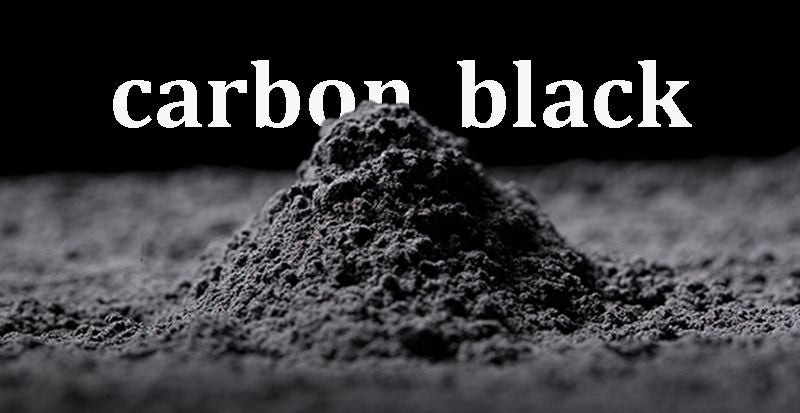
③ carbon fiber (VGCF)
Conductive carbon fiber has linear structure, easy to form a good conductive network in the electrode, showing good conductivity, thus reducing electrode polarization, reducing the internal resistance of the battery and improving the battery performance.In the cell with carbon fiber as conductive additive, the contact form between live material and conductive additive is point-line contact. Compared with the point-line contact form between conductive carbon black and conductive graphite, the contact form is not only beneficial to improve the electrode conductivity, but also can reduce the amount of conductive additive and improve the battery capacity.
④ carbon nanotube (CNT)
CNT can be divided into single-wall CNT and multi-wall CNT, one-dimensional structure of carbon nanotubes and fibers similar to a long column, hollow inside.Carbon rings can form conjugated effects, and a small amount of carbon rings can form a conductive network fully connected with active substances, which is beneficial to improve the capacity and cycle stability of the battery.The good thermal conductivity of carbon nanotubes contributes to the heat dissipation of the battery and reduces the internal polarization, so it can improve the high and low temperature performance and safety of the battery, and prolong the life of the battery.
However, as a conductive additive, carbon nanotubes have two problems: there are residual metal catalysts in the synthesis process. In the process of charging and discharging at high potential of the battery, metal impurities are easy to oxidize and precipitate on the surface of the negative electrode, resulting in micro short circuit inside the battery, serious battery self discharge, and even safety accidents;The strong van der Waals force between carbon nanotubes leads to the difficulty of uniform dispersion in the active material, which hinders the play of the conductive performance.
⑤ graphene
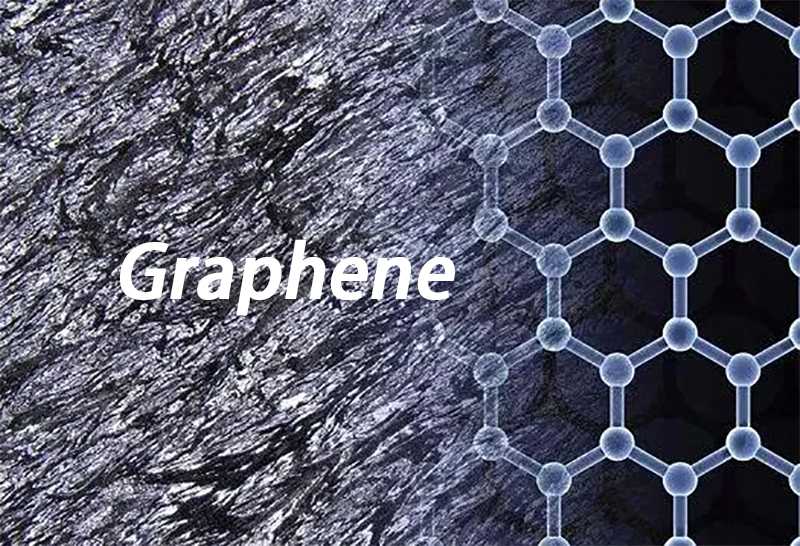
Graphene as a new type of conductive additive, has a "to the characteristics of the soft and thin to close", because of its unique lamellar structure (2 d) structure, for point of contact with the active substances - surface contact rather than a regular spot contact form, so that we can maximize the play conductive additive USES, such as reducing the amount of conductive additive, by raising the lithium ion battery capacity.
Compared with traditional conductive additives, graphene conductive additives can more effectively reduce the contact impedance between the particles of positive and negative electrode materials and improve the conductive performance of the overall electrode.However, due to its high cost, difficulty in dispersing and drawbacks such as hindering the transmission of lithium ions, graphene has not been fully applied in industrial applications.
⑥ binary, ternary conductive paste
In the latest research progress, some lithium ion batteries choose conductive additive is CNT, graphene, conductive carbon black between two or three mixed slurry.The combination of conductive additives into conductive paste is the demand of industrial applications, but also the result of mutual cooperation between conductive additives, stimulate the use of.Whether it is carbon black, graphene or CNT, it is very difficult to disperse when they are used alone. If you want to mix them with live material evenly, it is necessary to disperse them before stirring the electrode slurry and then put into use.
Commonly used conductive additives for lithium-ion batteries can be divided into traditional conductive additives (such as carbon black, conductive graphite, carbon fiber, etc.) and new conductive additives (such as carbon nanotubes, graphene and their mixed conductive slurry, etc.).There are SPUERLi, S-O, KS-6, KS-15, SFG-6, SFG-15, 350G, acetylene black (AB), Kezin black (KB), vapor grown carbon fiber (VGCF), carbon nanotube (CNT) and so on.
4.Application and prospect of conductive additives
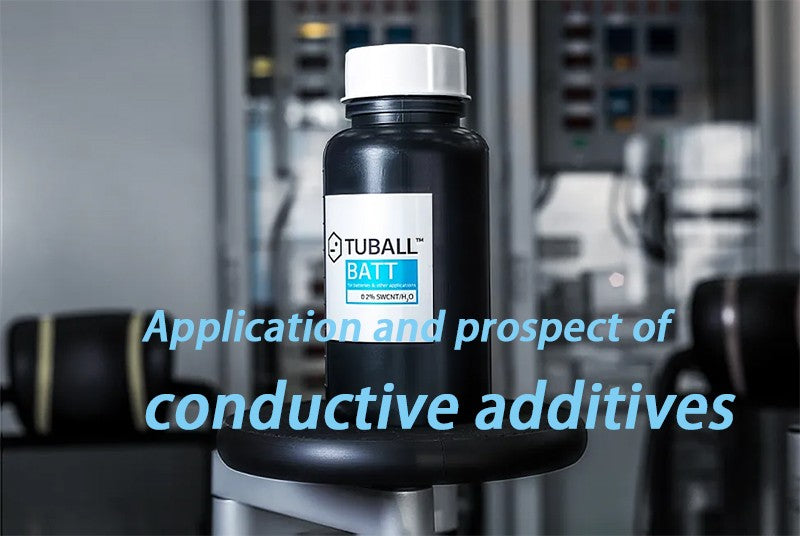
Each of the above-mentioned conductive additives has its own advantages. In the future, the development of conductive additives will focus on the following four aspects:
- Conductive additive should have good dispersion in aqueous system or in NMP organic system solvent;
- To reduce the proportion of conductive additive and improve the performance by combining with new carbon materials such as carbon nanotubes and graphene with high conductivity;
- Increase the specific surface area and electrolyte adsorption capacity to further improve the ionic conductivity of the electrode sheet.
- Compared with traditional materials, it is urgent to reduce the cost of both carbon nanotubes and graphene composites to meet the actual demand.